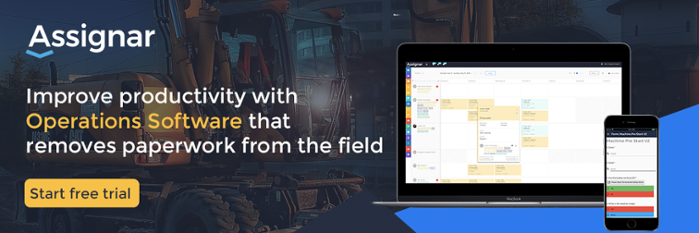Risk Management, A Core Component Of Competent Management Practices
Safety without reliable risk management control is no safety at all. If the aim is keeping our construction workforce protected from unnecessary hazards and risks, contractors must apply a systematic approach that includes safety analysis, enforcement and feedback. This begins with a detailed JSA for every job, process or task. Proper risk management must also include routine safety reports and updates, employee training and employee feedback.
In the scope of this brief article, we cannot address every aspect of the process. However, we can outline 6 fundamental steps that are critical for efficient, reliable and effective risk management safety analysis.
A 6-Step Approach To Risk Management and Job Safety Analysis
Although perfection is desirable, it is impractical. Therefore even the most dedicated approach to risk management is not always reliable. According to the WorkSafe ACT, WSACT HB 0002, an effective 6-step safety analysis process seeks to reduce the possibilities and/or the subsequent consequences of a specific risk down a level that safety agents are prepared to count acceptable.
1) Specify Which Task To Analyze
Although efficient risk management requires that each task be fully analyzed, the process must have a starting point. Perhaps you should begin by establishing priority based upon tasks identified as points of:
- Excessive illness and/or injury rates
- High-risk potential
- Most susceptible to human error with severe consequences
- Newly implemented, undergoing change or recently extended in process
- Extremely complex in procedures.
2) Identify The Hazards
To identify hazards, safety managers must determine what dangers are associated with a given task, job or procedure. Tips for beginning include:
- Study existing information on the given task
- Review, when applicable, manufacturers instructions and data sheets
- Examine past accident and health reports
- Visit the site of the task
- Walk around, look and examine
- Seek worker feedback.
3) Determine the Associated Risk Factor
Hazards are the factors that can contribute to accident or incident. Risk factors are the health and safety issues that can result as a consequence of the hazards. Every hazard can be associated to one or more risk factors.
4) Evaluate the Likelihood of Injury
Once hazards and the associated risk factors are identified and defined, you must assess what are the real probabilities of injury or sickness. Such assessments involve two primary factors:
- The low to extreme possible injury and/or illness associated with the hazard
- AND The practical probability that such injury and/or illness will actually occur.
Finish by assigning and documenting to each hazard a matrix wherein risk factors are designated as critical, high, moderate, low and very low.
5) Establish and Document a Control Plan
Create comprehensive documentation on every hazard and risk factor. Include a detailed process of response instructions. If injury does occur, you do not want control in the hands of an accident-ignorant workforce. Details should include the likes of:
- How to eliminate the hazard
- When to isolate the area
- Order of action for immediate cessation of related work activities
- The expected response from nearby work activities
- Rapid notification of safety resource personnel
- AND More.
6) Create a Reliable Process For Risk Management Monitor and Review
All safety analysis processes must be routinely monitored and reviewed. Employees change. Processes change. New materials come into play. Documentation falls behind. And then the accidents begin…
Unless you maintain a reliable documentation system of tracking, reporting, updating, training and reviewing.
Assignar is a construction operations software that creates efficiency in JSA. Streamline the process of Job Safety Analysis and try Assignar today!






